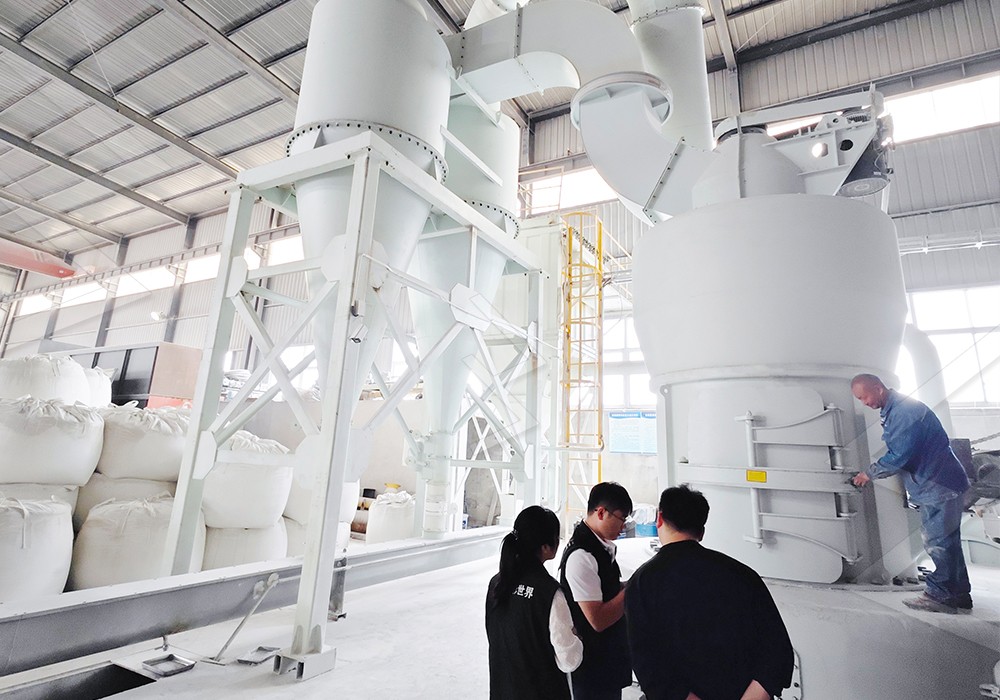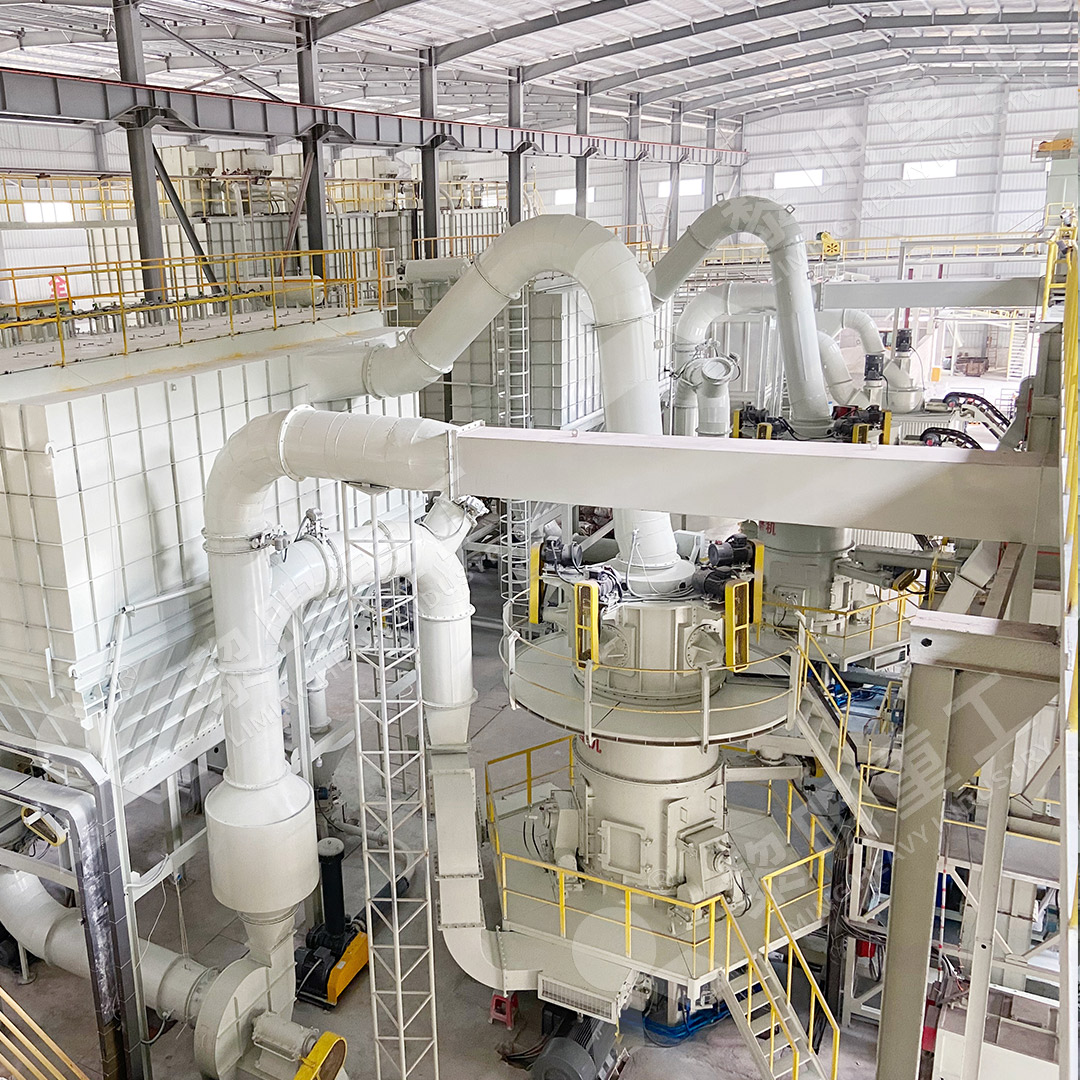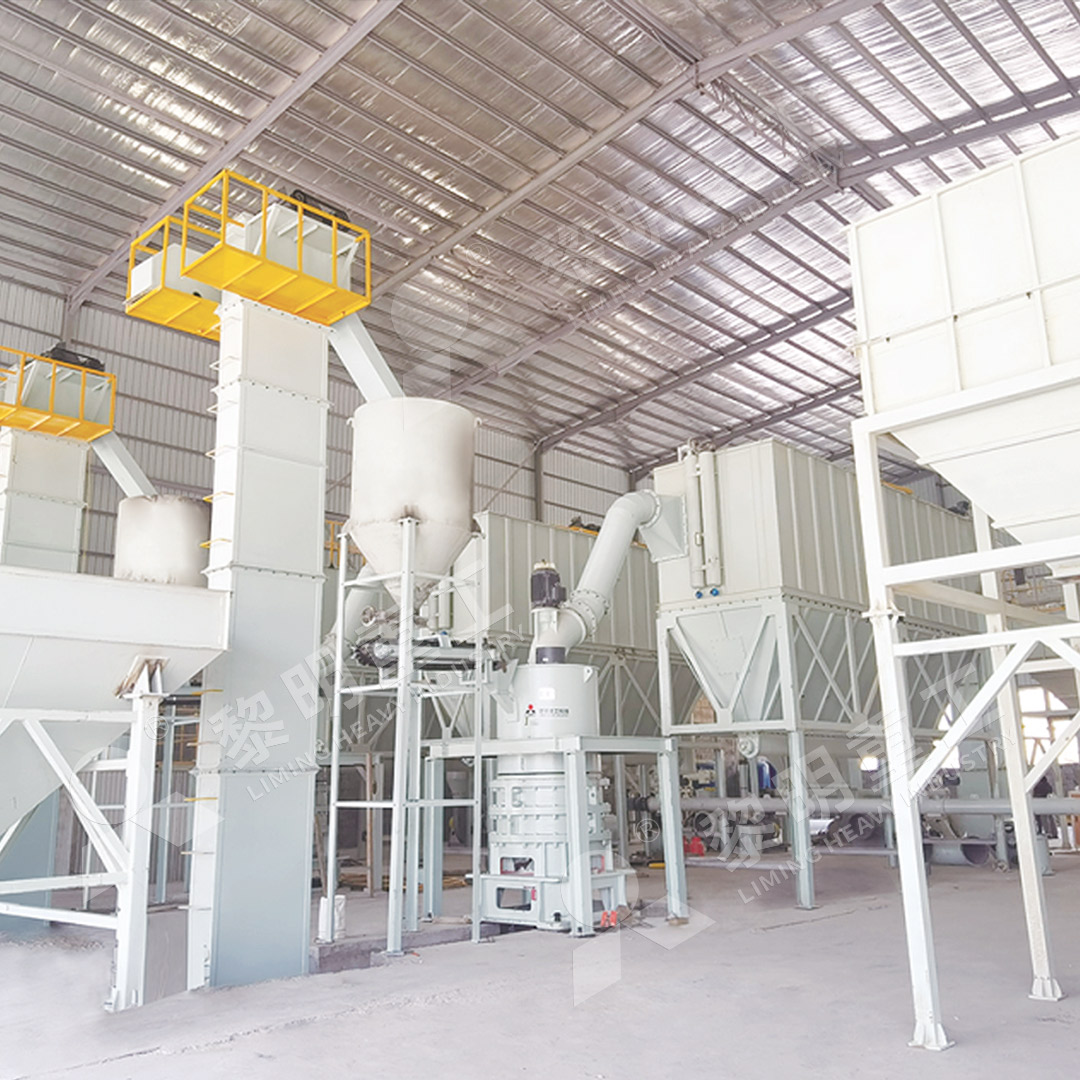Raymond Mill Structure Diagram and Component Breakdown
Raymond Mill Structure Diagram and Component Breakdown
Understanding the internal structure and components of grinding mills is crucial for optimal operation and maintenance. As an industry professional with over fifteen years of experience in mineral processing equipment, I’ve found that a clear comprehension of mill anatomy directly correlates with improved efficiency and reduced downtime.
Core Structural Framework
The Raymond mill operates on a vertical configuration with several integrated systems working in harmony. The main frame provides the structural foundation, typically constructed from heavy-duty steel plates to withstand continuous vibration and operational stresses. Within this framework, the grinding chamber houses the essential components that perform the actual size reduction.

The heart of the system contains the grinding rollers and grinding ring, which create the compression and shear forces necessary for material comminution. These components work in tandem with a classification system that ensures proper particle size distribution. The precision of this arrangement determines the final product quality and operational efficiency.
Critical Component Analysis
Let’s examine the key components that define mill performance:
Grinding Roller Assembly
The grinding rollers represent the primary contact point with material. Modern designs incorporate advanced metallurgy to extend service life, with some manufacturers using proprietary alloy compositions that significantly outlast traditional materials. The mounting system allows for both rotational movement and slight horizontal adjustment to accommodate varying material characteristics.
Classifier System
Positioned at the mill’s upper section, the classifier determines final product fineness. Advanced models feature dynamic adjustment capabilities, allowing operators to modify cut points without shutdowns. The efficiency of this component directly impacts energy consumption and product consistency.

Drive and Transmission
The power transmission system typically employs a gearbox configuration that converts motor RPM to optimal grinding speeds. Proper lubrication and alignment of these components are critical for longevity. Many contemporary designs incorporate condition monitoring ports to facilitate predictive maintenance.
Advanced Mill Technologies
While traditional Raymond mills served their purpose, modern requirements demand enhanced capabilities. For operations requiring ultra-fine powders with tight particle distribution, our MW Ultrafine Grinding Mill represents a significant technological advancement. This system operates with input sizes up to 20mm and capacities ranging from 0.5 to 25 tph, making it suitable for various applications from limestone to specialized chemicals.
The MW series incorporates several innovative features including German-designed cage-type powder selectors that provide precision separation between 325-2500 meshes. The unique chamber design eliminates rolling bearings and screws in the grinding zone, addressing common failure points that plague conventional designs. The integrated pulse dust collector ensures environmental compliance while maintaining operational efficiency.

For operations requiring vertical configuration advantages, our LUM Ultrafine Vertical Grinding Mill offers exceptional performance with input sizes to 10mm and capacities of 5-18 tph. The LUM model incorporates the latest grinding roller technology from Taiwan and German powder separating technology, creating a system that excels in both efficiency and product quality.
Operational Considerations
Proper mill operation extends beyond understanding components to recognizing how they interact during processing. Material feed consistency, airflow management, and wear component monitoring all contribute to sustainable operation. Modern control systems provide real-time data on these parameters, enabling operators to maintain optimal conditions.
Frequently Asked Questions
What maintenance intervals are typical for grinding mill components?
Maintenance schedules vary by application and operating conditions, but generally, grinding elements require inspection every 500-800 operating hours. Classifier components typically need verification every 1,000 hours, while transmission systems may operate for 2,000+ hours between services.
How does the MW Ultrafine Grinding Mill achieve higher efficiency compared to traditional designs?
The MW series incorporates newly designed grinding curves for the roller and ring assembly, enhancing mechanical advantage and particle fracture efficiency. Combined with advanced separation technology, this creates a system that produces 40% higher capacity than jet mills and double the output of ball mills with equivalent power consumption.
What safety features are incorporated into modern mill designs?
Contemporary mills include multiple protection systems including mechanical position limiters, vibration monitoring, temperature sensors, and pressure relief mechanisms. The LUM series, for example, employs double position-limiting technology to prevent destructive contact between grinding elements during unexpected conditions.
Can these mills handle abrasive materials without excessive wear?
Yes, with proper material selection for wear components. Our mills offer specialized alloy options for high-abrasion applications, with some configurations providing 2.5x the service life of standard manganese steel in demanding conditions.
